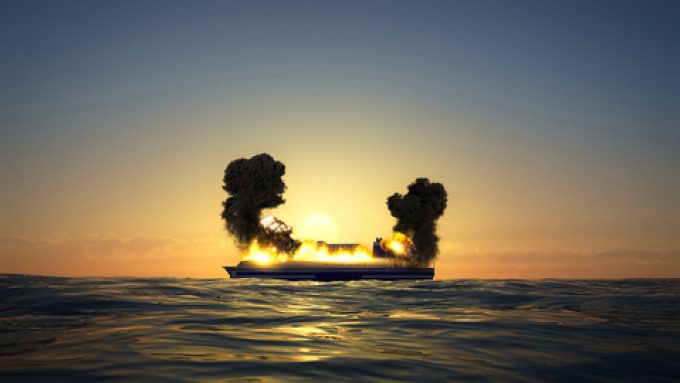New warning to shipping as Houthis confirm missing Eternity C crew are safe
Just months after what appeared to be a gradual de-escalation of threats to shipping in ...

A lithium ion (li-ion) battery fire on a ship must be contained quickly to prevent it spreading, but experts have agreed that fire prevention is the best course of action – and that takes collaboration on a grand scale.
However, delegates at the Lithium-ion Batteries in ...

Comment on this article